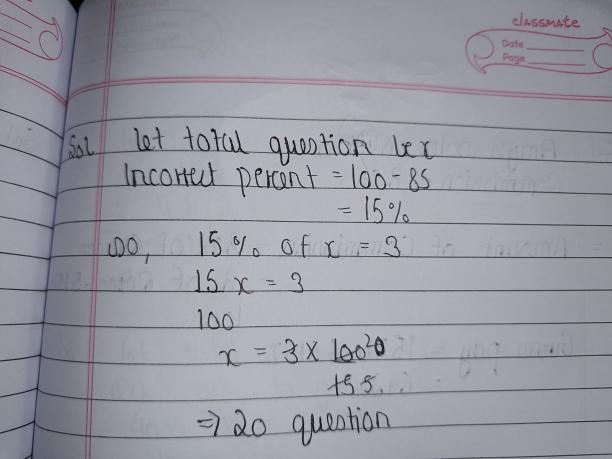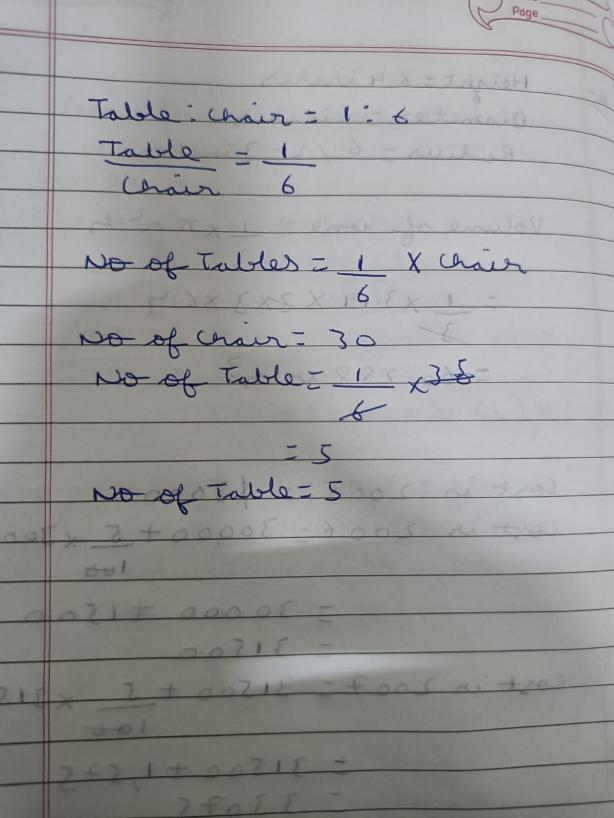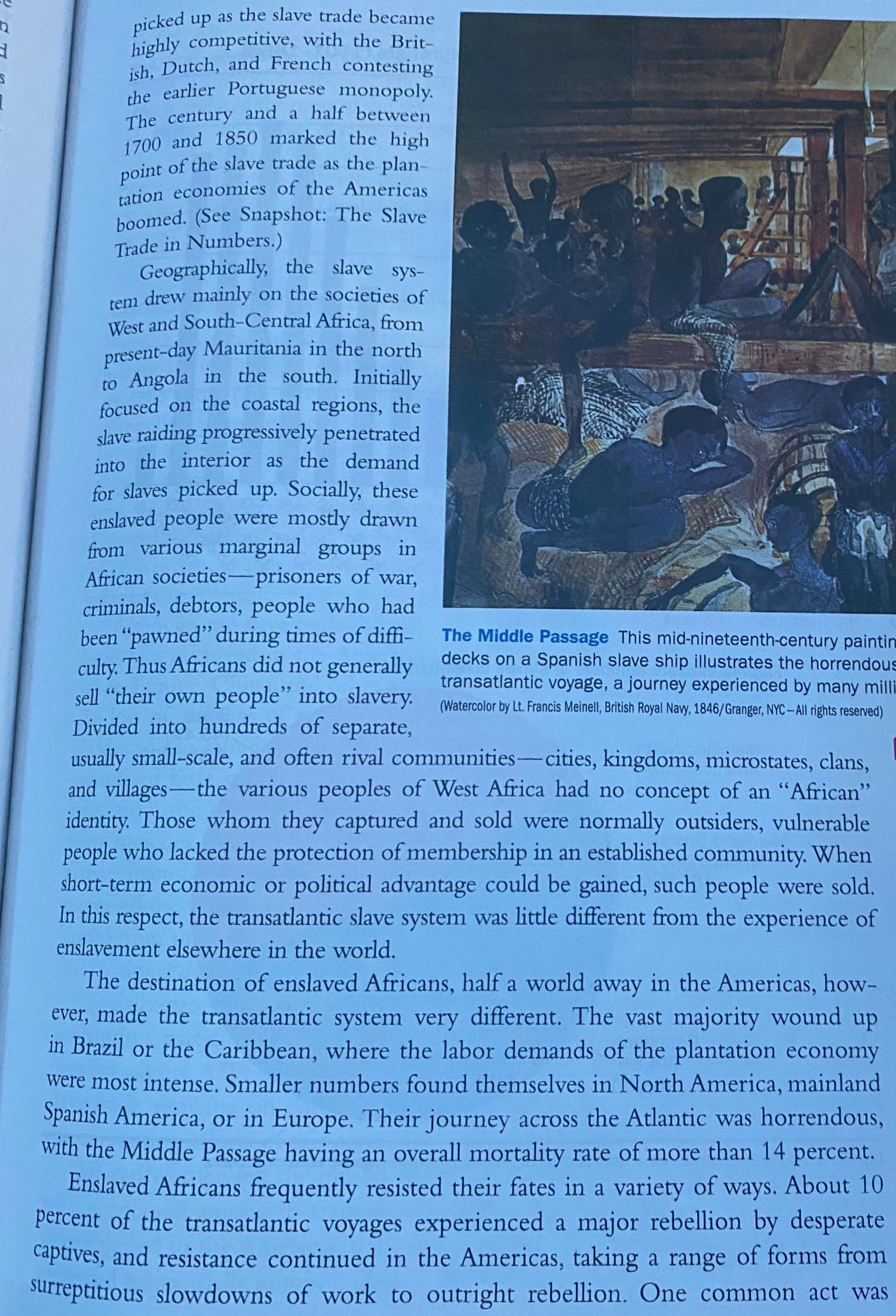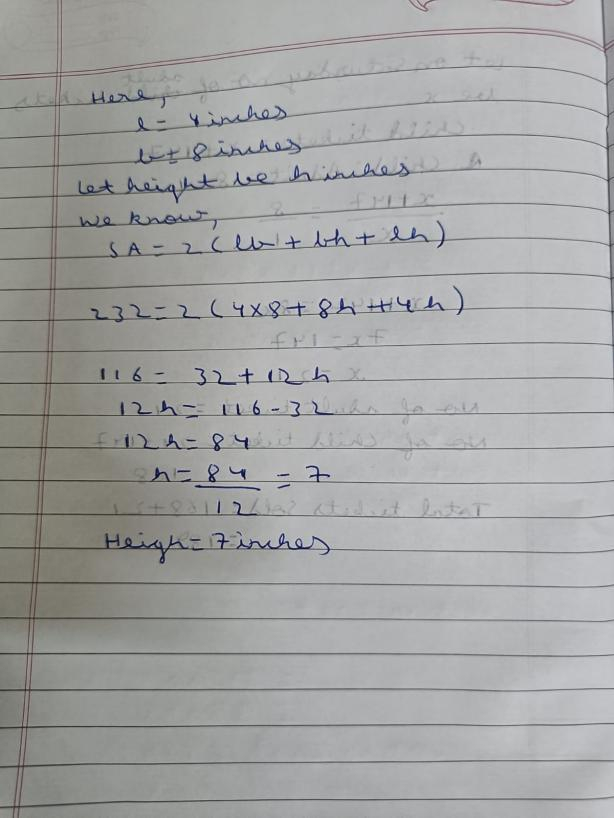 1
1  43
43 SI=(P*R*T)/100
P=2000
R=1.5
T=6
SI=(2000*1.5*6)/100
=(2000*9)/100
=180
Neil will earn interest of 180
For 1 flavor there are 9 topping
Therefore, for 5 different flavors there will be 5*9 choices
No of choices= 5*9
=45
The answer is in the image

The solution is in the following image

F=ma
where F=force
m=mass
a=acceleration
Here,
F=4300
a=3.3m/s2
m=F/a
=4300/3.3
=1303.03kg
Approximately it is aqual to 1300kg
The answer is in the image

The solution is given in the image below

The wood before starting =12 feet
Left wood=6 feet
Wood used till now=12-6=6 feet
Picture frame built till now= 6/(3/4)
=8 pieces
Therefore, till now 8 pieces have been made.

It will provide an instant answer!
